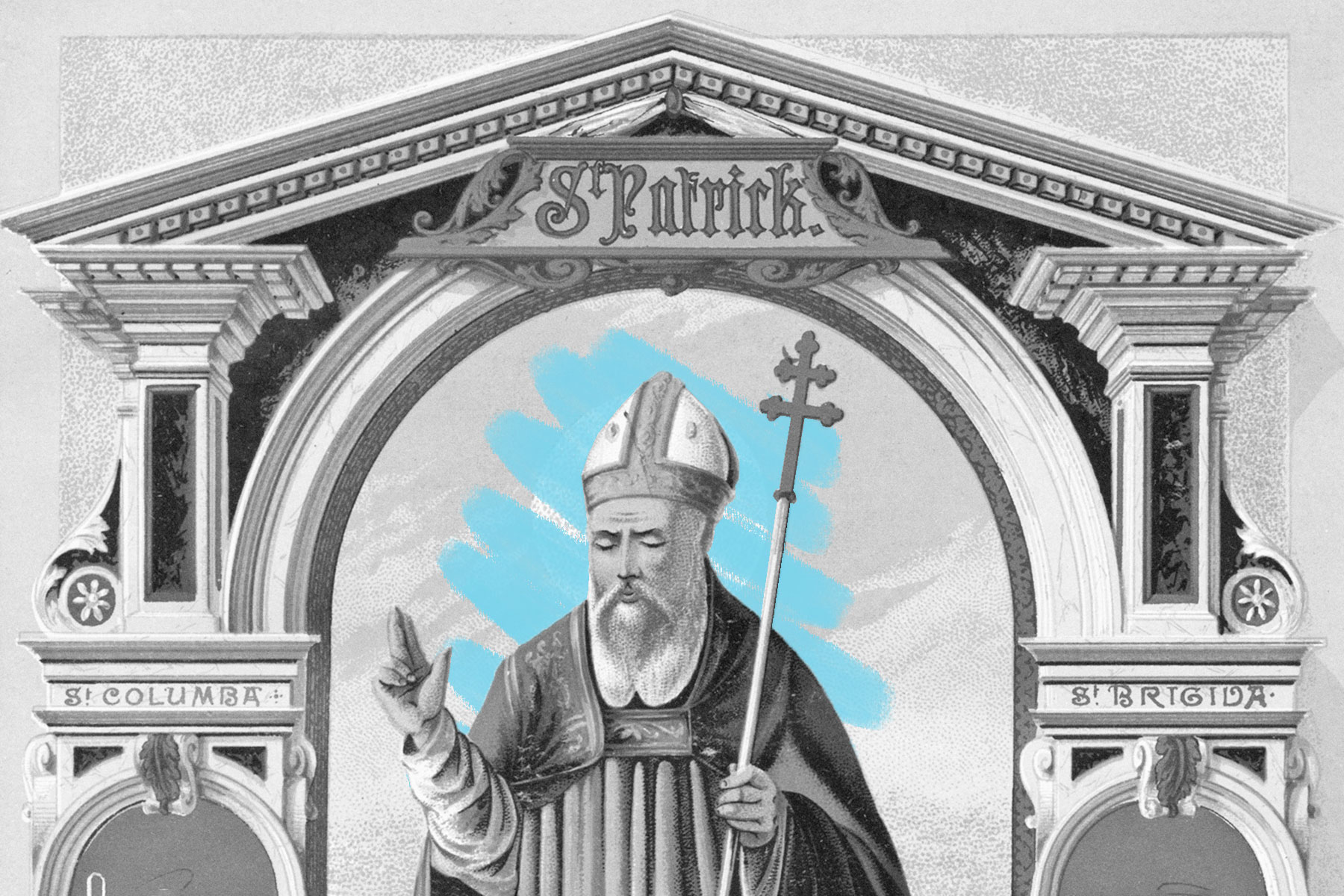 |
St. Patrick was originally associated with the color blue, not green. |
World History |
 |
| |
| The color blue was also used to represent Ireland itself, starting with the actions of King Henry VIII in 1541. The English monarch declared himself king of Ireland and presented the Irish kingdom with a new coat of arms featuring a golden harp on a dark blue background — the first link between Ireland and the color blue. Two centuries later, in 1783, England's King George III established the Order of St. Patrick in Ireland, whose members wore outfits in a shade known as "St. Patrick's blue." However, these symbols were imposed upon the Irish people by their English oppressors, and the color blue never reflected the true Irish identity. It wasn't until the Irish Rebellion of 1798 that the Irish adopted the color green — a shade also embraced by nationalists during an earlier 1642 rebellion — as a symbol of national pride, replacing the old blue colors found in many Irish flags and emblems. Around this time, green was also introduced to St. Patrick's Day festivities, and it became the standard hue of the holiday shortly after. | |
 | |||||||||
By the Numbers | |||||||||
| |||||||||
| |||||||||
 | |||||||||
| |||||||||
The precursor to Halloween originated in Ireland. | |||||||||
| St. Patrick's Day isn't the only holiday closely associated with Ireland, as Halloween can also be traced back to the Emerald Isle. The holiday was inspired by a pagan religious festival called Samhain, which was first celebrated by ancient Celts thousands of years ago. From October 31 until sunset on November 1 each year, the Celts gathered to mark the end of the harvest season and usher in the "dark half of the year." They also believed that the barriers between the physical and spirit worlds broke down each Samhain, so revelers wore animal skins to scare off phantoms. This practice inspired the concept of "mumming" in the 16th century — an early precursor to trick-or-treating in which children dressed in costume and went door-to-door singing songs in exchange for tasty cakes. During the 19th century, Irish immigrants brought knowledge of these customs to America, which helped lay the foundation for the modern Halloween celebrations we see today. | |||||||||
 | |||
Recommended Reading | |||
 | |||
| | |||
 | |||
| | |||
| + Load more | |||
| |||
| |||||||||
| Copyright © 2024 History Facts. All rights reserved. | |||||||||
| 700 N Colorado Blvd, #513, Denver, CO 80206 | |||||||||






No comments:
Post a Comment